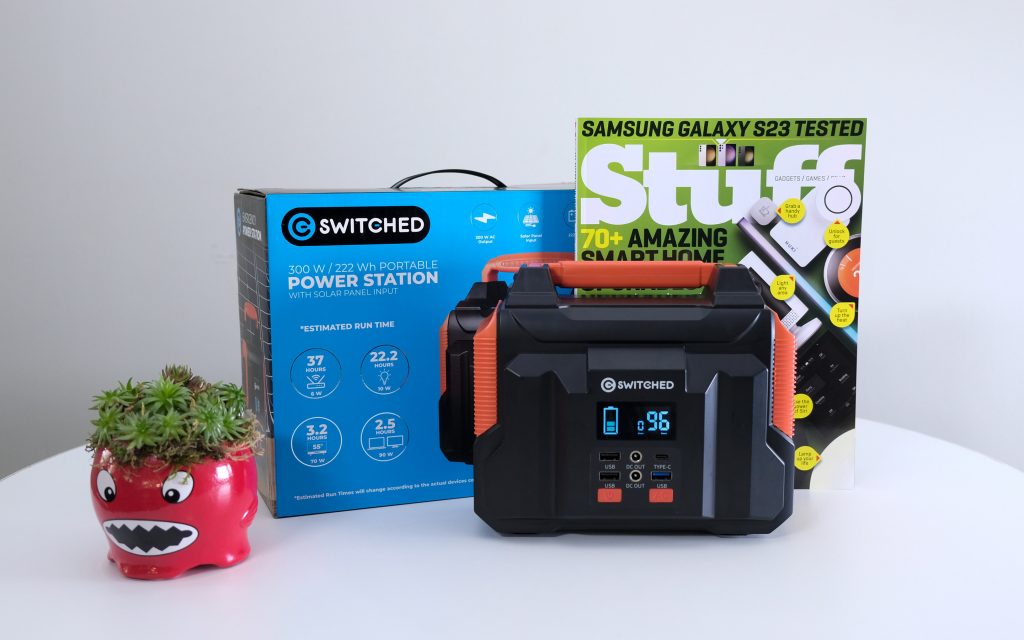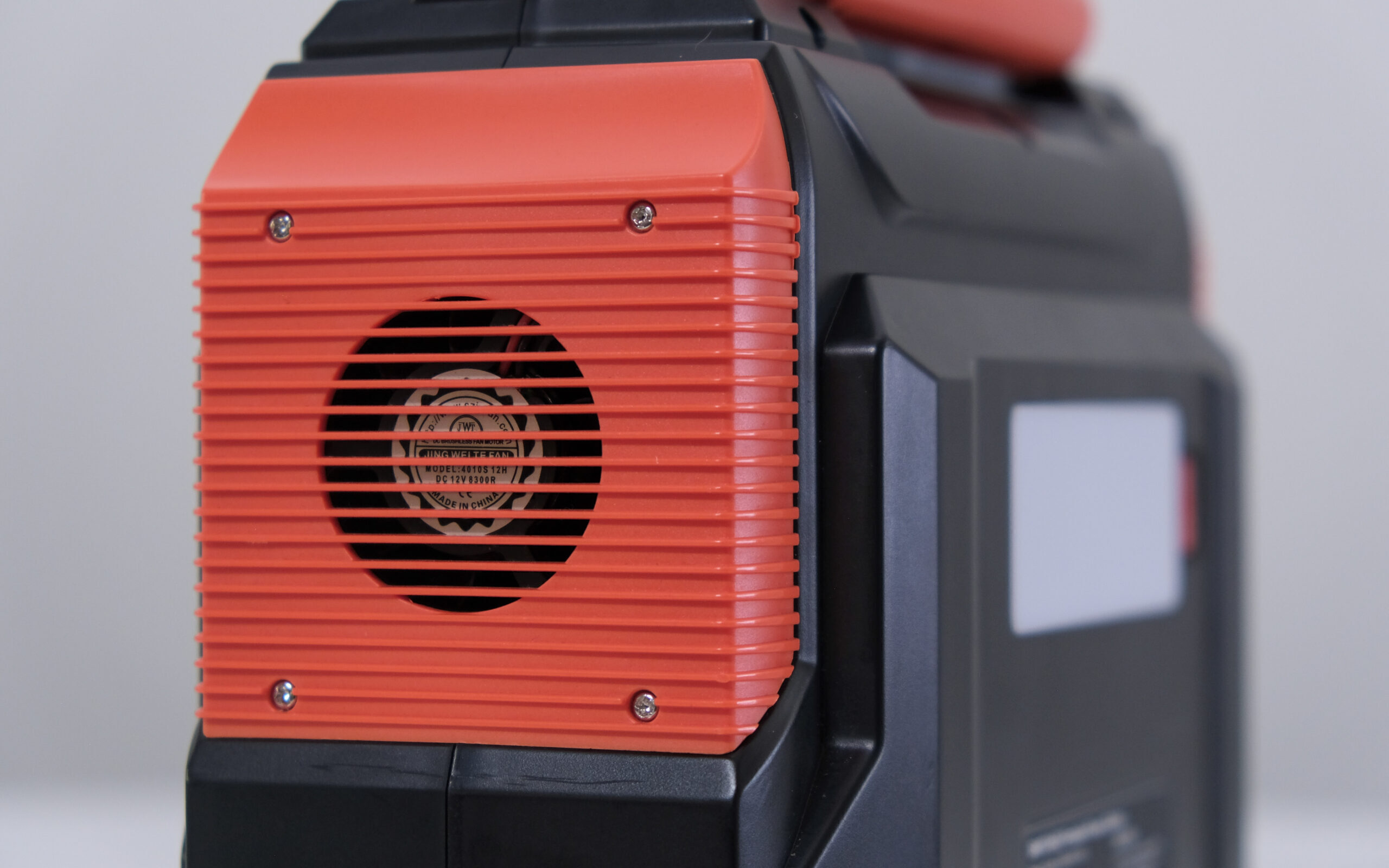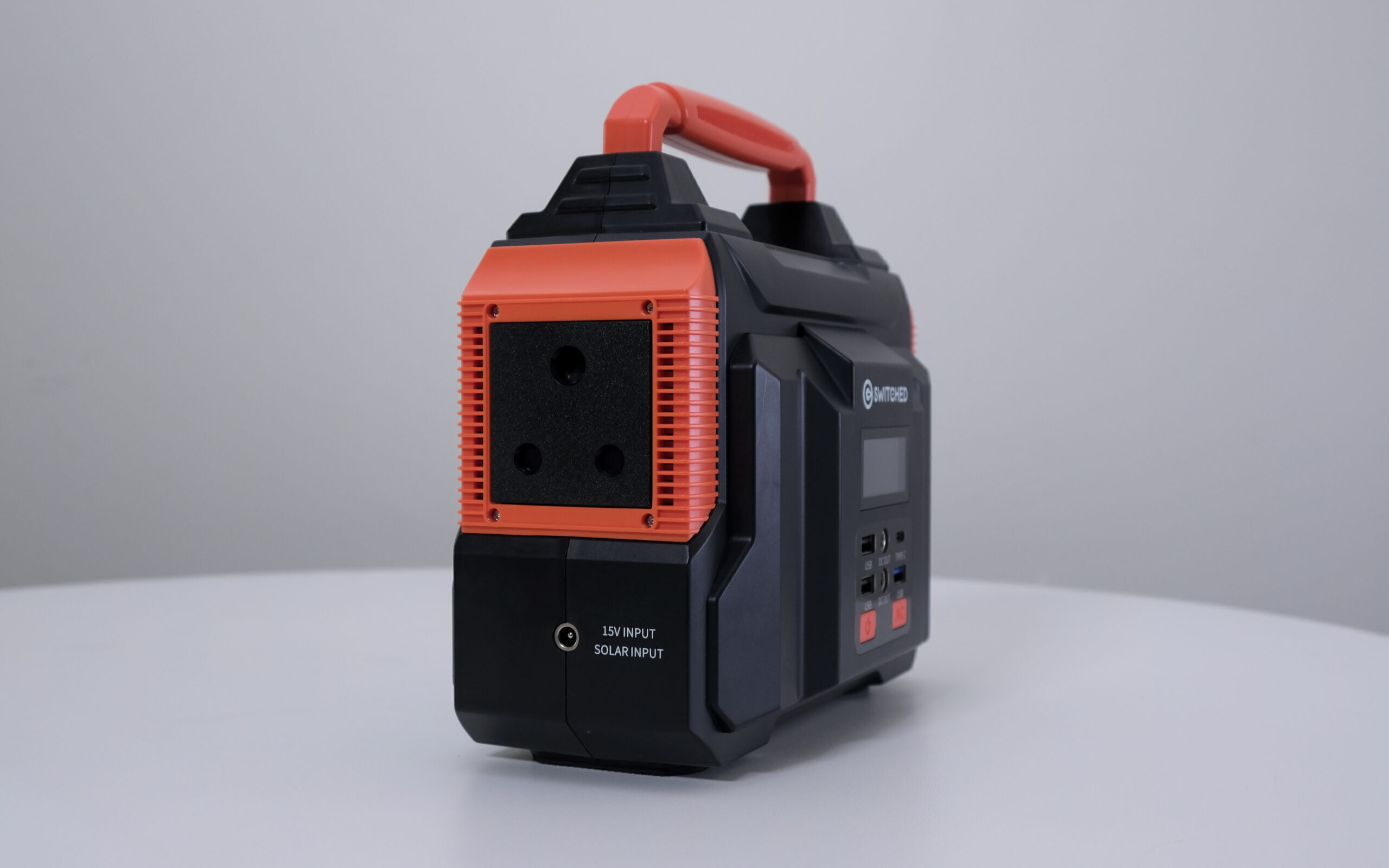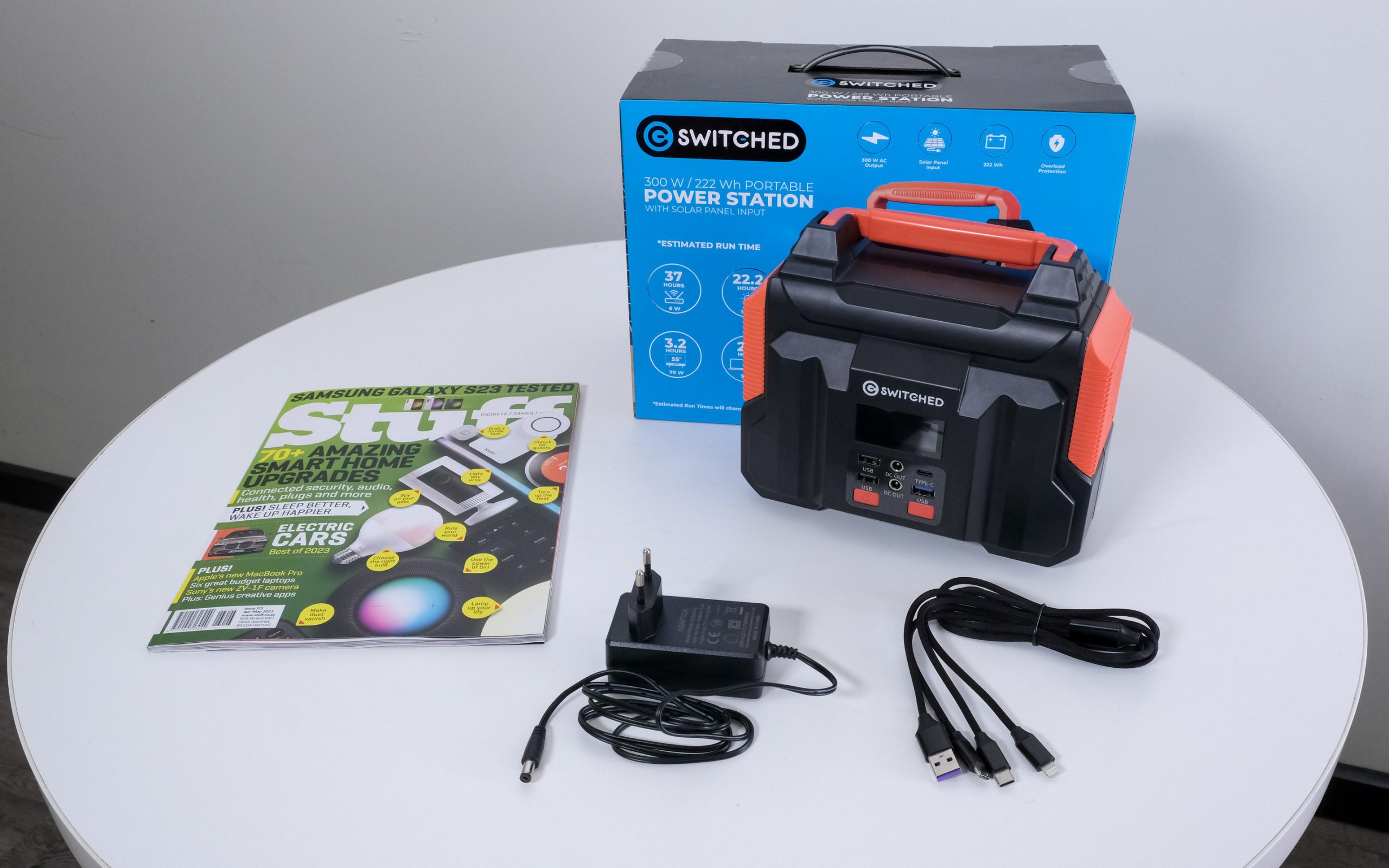On its own, the Switched 300W/222Wh power station seems like a great little power solution. But compared to its brand siblings, that are either a little stronger or significantly cheaper, this one's harder to recommend.
-
Price
-
Ease of Use
-
Battery
-
Practicality
The highest stages of load shedding loom as we head into winter. As a result, power solutions have become essential in South Africa. But how do you choose the right one for you? If getting solar or an inverter is too much of a financial commitment, a power station is worth considering. With the market growing as load shedding stages climb, you need to choose the right one for you.
Three is a crowd
Most of us know Volkano for their budget audio tech, but they saw an (obvious) opportunity in the backup power market and we now have Switched power solutions. The brand’s 300W/222Wh emergency power station slots neatly in between its bulky 300W/307Wh and the budget 200W/146.52Wh units. It’s easy to mistake the middle child for its younger sibling since they look identical. They have the same rudimentary LCD display and both offer three USB ports (including a USB QC3.0), two DC output ports, and a lone Type C port.
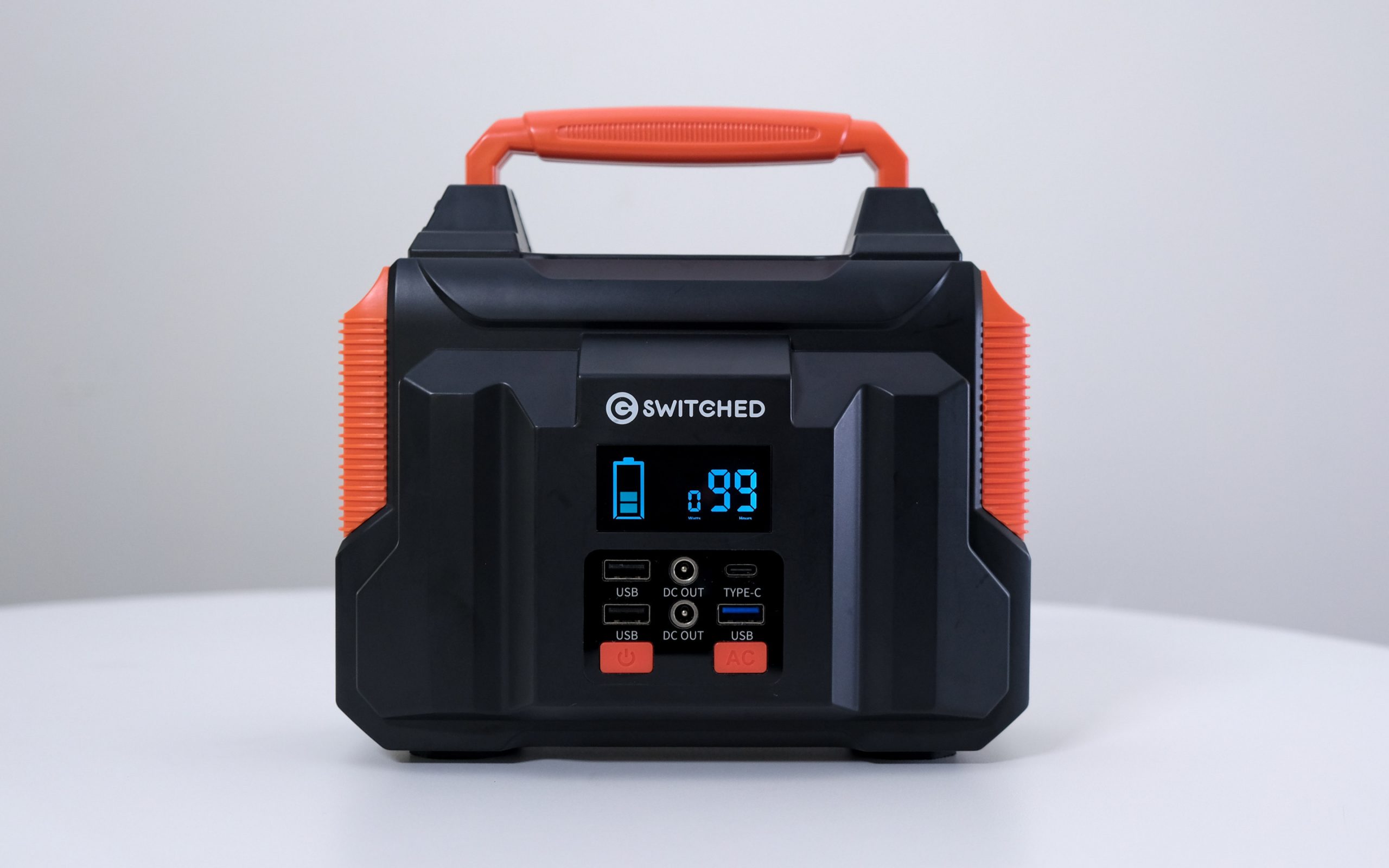
The major difference is in its capacity. The 222Wh portable’s extra overhead gives you more battery life and a slightly larger range of devices to power. We were able to power a second screen for our laptop through a four-and-a-half-hour cycle with ease. It lasted a further hour or so into the second cycle when we forgot to charge it. Charging laptop batteries in dire situations is also possible with the power station and, coming in at 2.2 kg, it’s portable enough to make a decent laptop power bank.
Enough room for everybody
Another perk is the ability to use the AC plug point simultaneously with all USB ports. The LCD display will show you how much wattage you’re drawing. Maxed out (at around 88W of consumption) it should last you about an hour and twenty minutes. Getting it fully charged from halfway takes about two hours. This should keep you going through power outages (for about six hours) if you’re powering a router and charging a device or two with the USB ports. You can also use the built-in light simultaneously. A word of warning to those with epilepsy, the second and third presses switch on strobing lights. One more press turns it off.
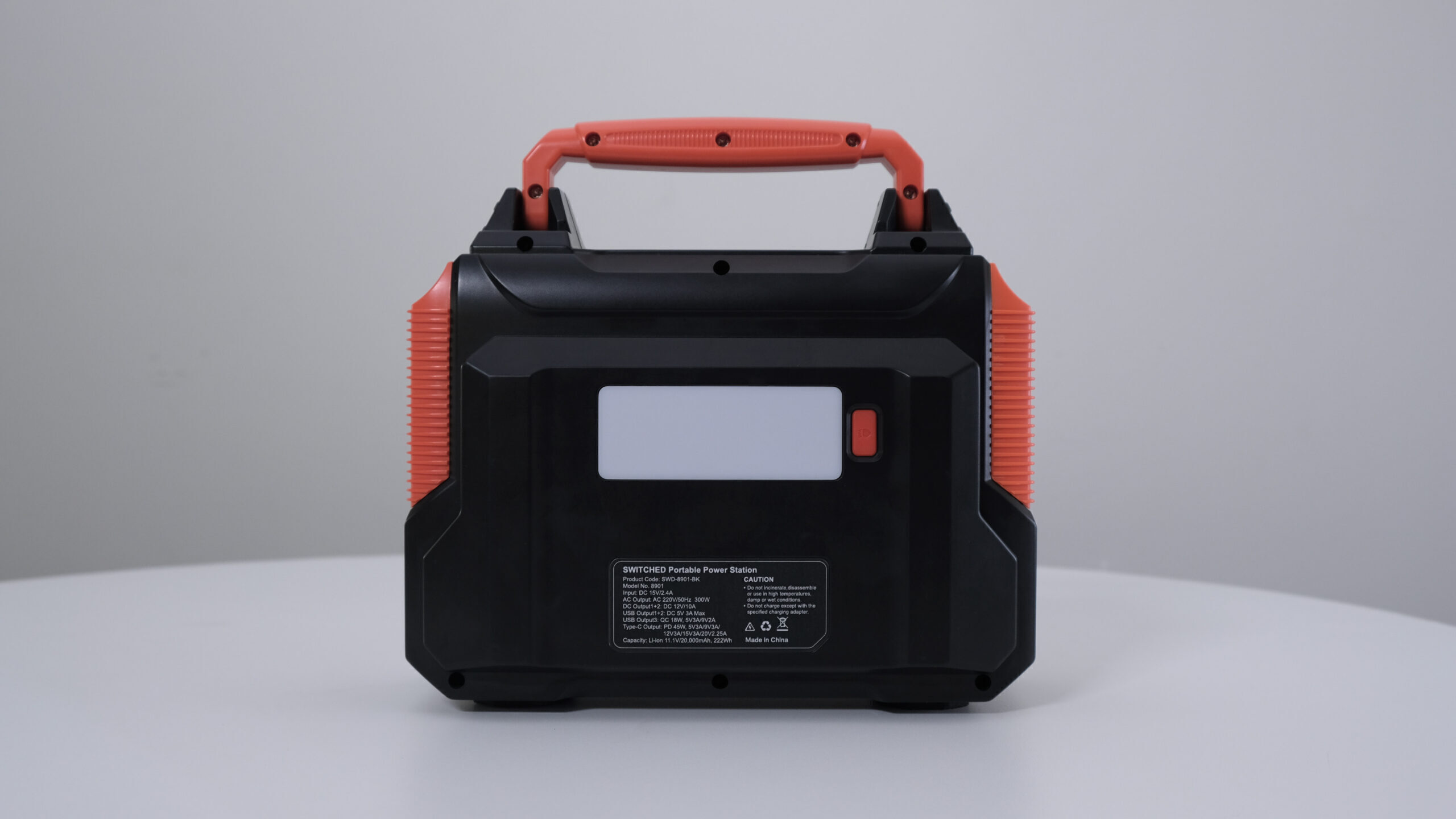
The LCD display is clear enough for a primary school child to understand. The large number tells what percentage of the battery remains and the small number tells you how much power you’re using. What may be an issue for the other side of the age spectrum is the small lights that signify ‘AC’ mode or being connected via USB. The red ‘Overload’ light is also awkwardly aligned to the screen. After enough use, you should be able to deduce what each of the lights means without having to read what they say.
Up all night (not in a good way)
It’s also worth mentioning that you have to hold the AC button to switch it from DC. At first, it seemed redundant because just pressing it does nothing, but it all made sense after seeing that constantly switching overloads the power station. Another thing to nitpick would be the cooling system. After about twenty minutes of use the fan will run. It stops after a few minutes and comes back on periodically. It’s no generator, but don’t have it in the same room as a light sleeper. The fan operates periodically during the entire time you’ve got the Switched power station active.
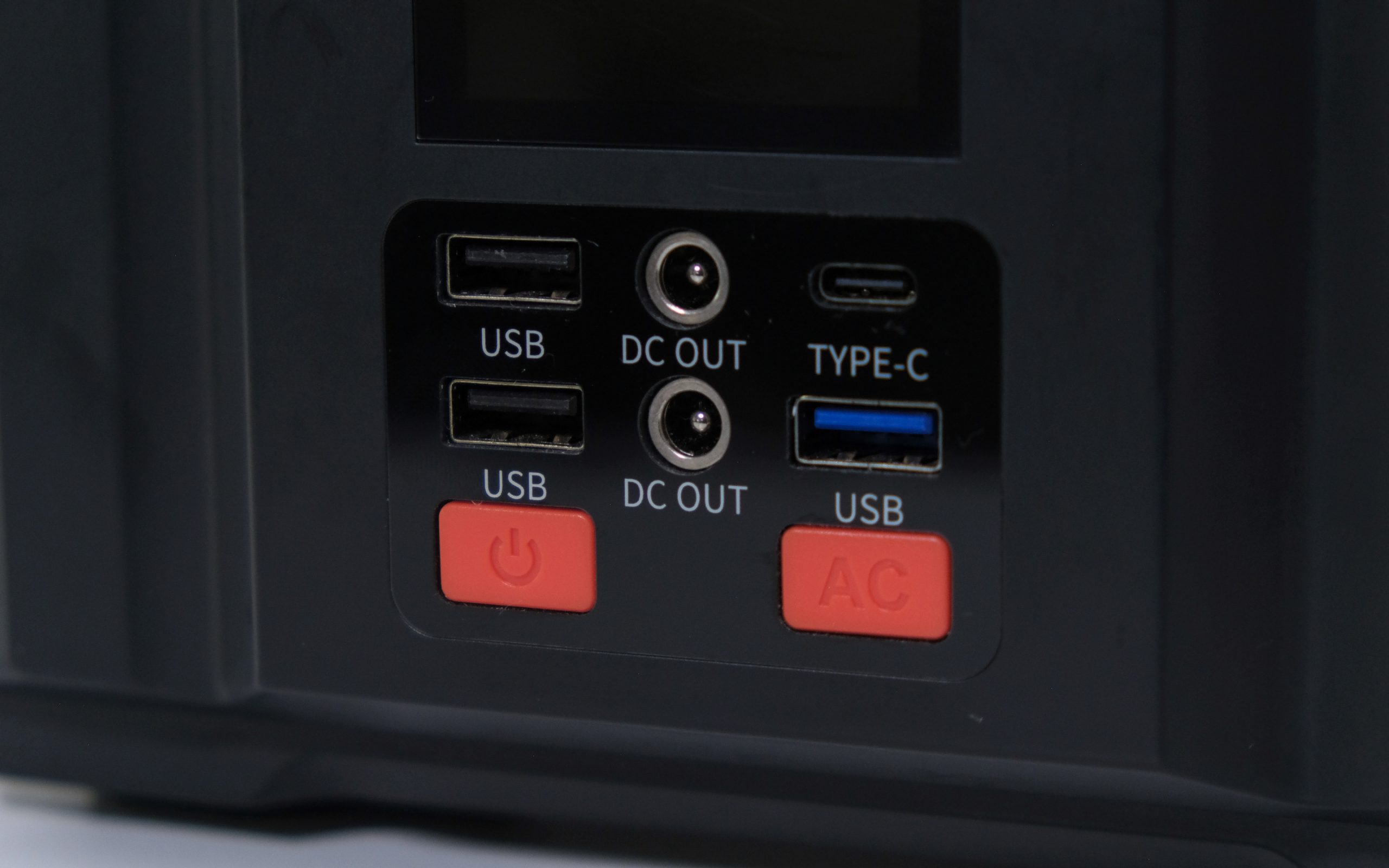
The power station also comes with a 15V solar panel input port, which sounds exciting, until you open the box and realise that’s all you get — an input port. For now, your best bet to actually use that port would be to buy some independent panels or get the even smaller Switched power station that comes with a 9V panel. Those aren’t guarantees though. While we’re nitpicking, the alignment of the text on the device could drive someone with OCD up the wall. Beyond that,it leaves the impression of being thrown together, like something you bought on a budget. That’s… almost true. Still, it may not have the most attractive presentation but the hardware gets the job done.
Switched 300W/222Wh power station verdict
At the end of the day, the question is whether this is the power station for you? The asking price of R5,000 doesn’t look so good when comparing it to the other Switched offerings. For just R1,000 more, you could scoop the bigger 307WH power station that offers a little more port variety and a larger capacity. The leap in price between the budget 200W/146.52Wh (R3,000) feels unjustified. The extra 100W of rated power doesn’t expand the range of things you can charge significantly enough and the extra capacity doesn’t beat just buying another small power station while still paying less. Middle child syndrome may well be at play here.

